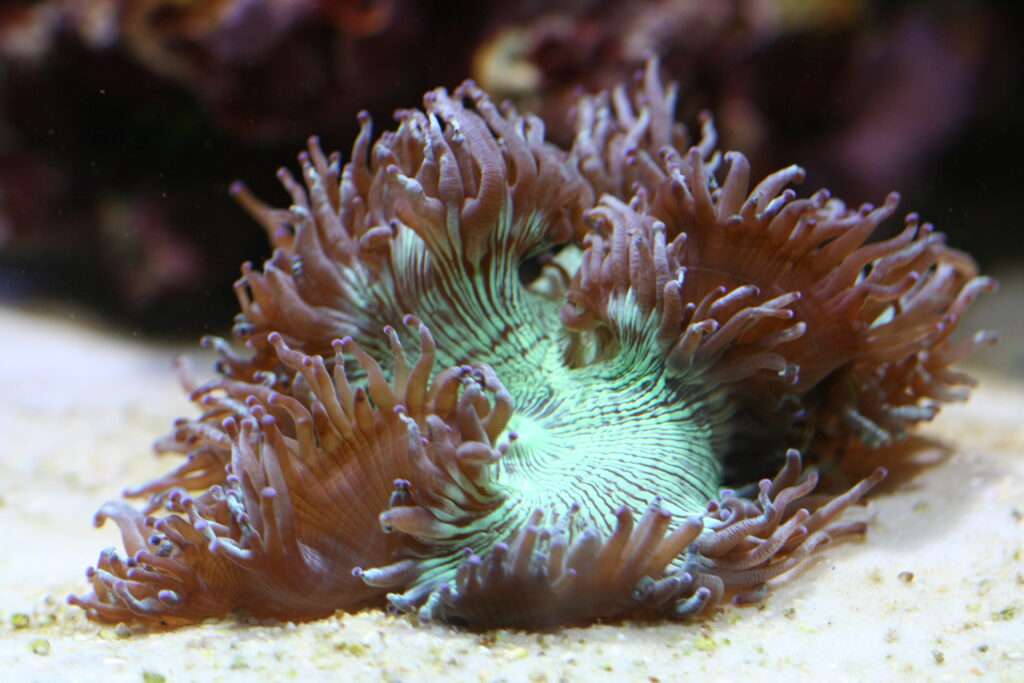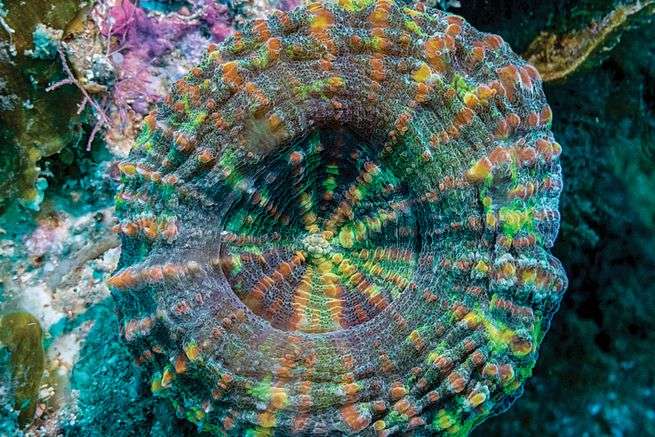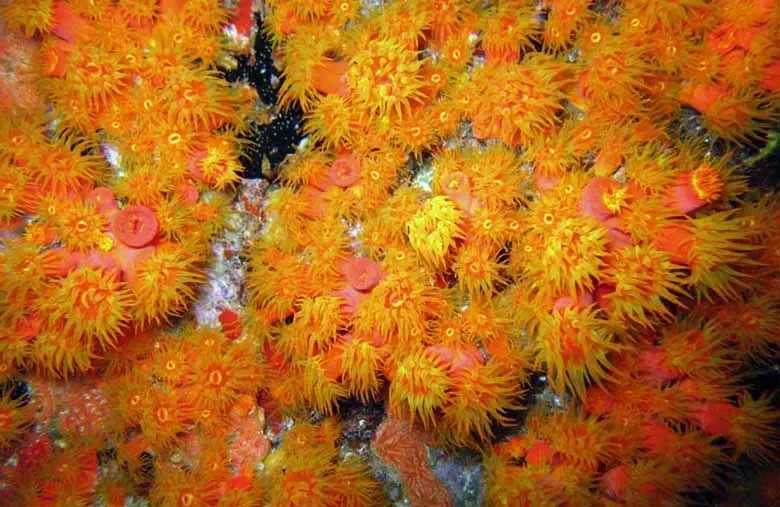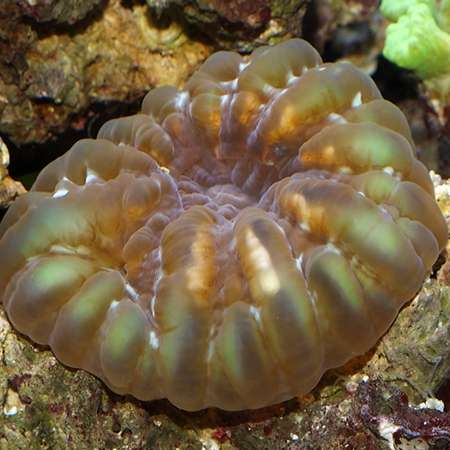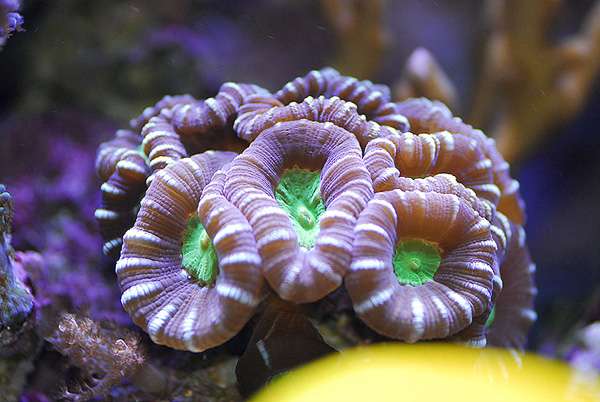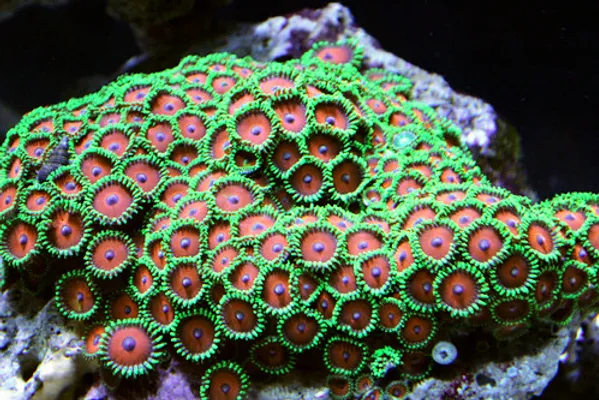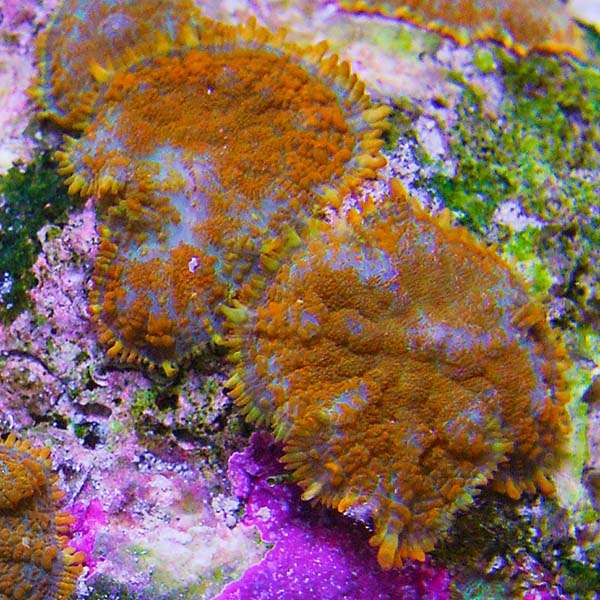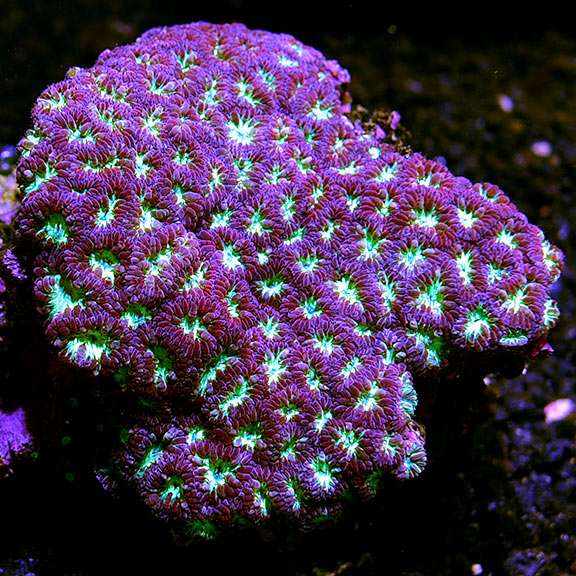Elegance Coral
Among large polyp stony (LPS) corals, Catalaphyllia jardinei, known as the Elegance Coral, has enjoyed the highest popularity. This is due to the fact that it is quite alluring. It comes in a variety of hues and typically has bright pink tips that shine when exposed to blue or ultraviolet light. The colors can be […]


